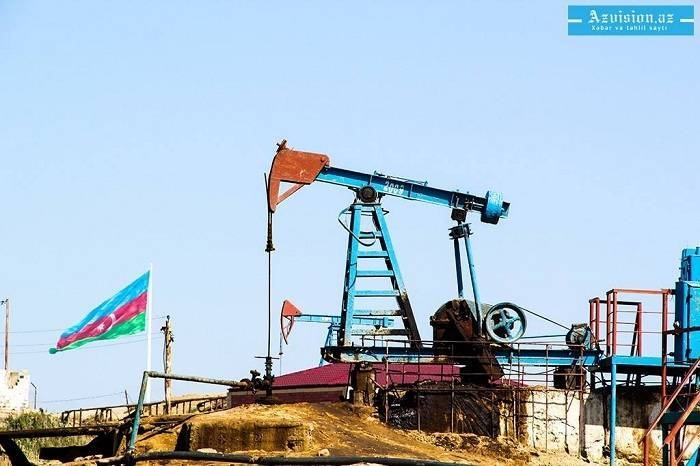Oil prices rose in early trading on Friday as new data pointed to a rebound in crude demand around the world. Covid-19 lockdowns have led to a sharp falloff in oil use, but demand is returning—and may not have fallen as far as some had feared.
Brent crude futures, the global benchmark, rose 0.6% to $31.33. West Texas Intermediate crude futures were up 3.7% to $28.58. The oil futures curve is flattening out , giving traders less incentive to store oil to sell it later. In comparison, stocks are slipping Friday, with the S&P 500 index down 0.89%.
China’s refineries processed considerably more crude in April than they did in March, the country said on Friday. China’s National Bureau of Statistics (NBS) reported that the country had processed about 13.1 million barrels per day in April, up 11% from the 11.8 million barrels it processed daily in March, according to Reuters. In fact, April crude processing was up over the prior year, which is remarkable given the scale of China’s response to Covid-19.
Other data indicate that demand has also not fallen as sharply as feared in other parts of the world. Bernstein analyst Neil Beveridge looked at data from the OECD, a consortium of 37 countries that includes the U.S., several European, Asian, and South American countries. Combining that with data from China and other countries, Beveridge found that about 3.3 million barrels of oil per day (or 3%-4% of total daily demand) went into storage in the first quarter. That’s well below the International Energy Agency’s expectations for 6.5 million barrels per day.
Yes, the first quarter is far away in the rearview mirror. But the numbers show that oil storage is not about to fill up, as many analysts had feared just a month ago.
“Either barrel have gone missing or demand was better than expected in the first quarter,” Beveridge wrote.
Invariably, the overproduction has been worse in the second quarter than in the first. The U.S. and many European countries had their most severe lockdowns for the entire month of May and movement is still restricted in some ways. Beveridge thinks that oversupply will average 11.9 million barrels per day in the second quarter. But the second half of the year is a different story. In fact, by the end of the year, the oil market could be in a deficit because many countries have reduced the supply of oil they’re pumping.
“Inventories look set to peak early in the third quarter and assuming demand comes back in the second half of 2020 we see a looming deficit in the fourth quarter which will help oil prices recover,” he wrote.
BARRONS
More about: oil
















































